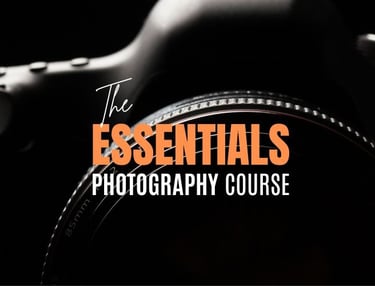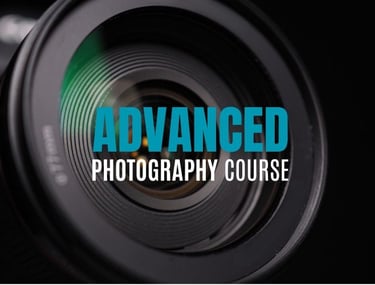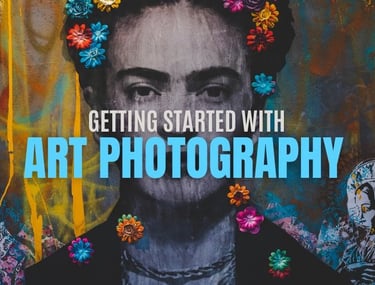
Photography Fundamentals Quiz – Check Your Answers
How did you do? Below are the correct answers to the Photography Fundamentals Quiz. Check your score and see if you’re truly ready to move forward.
If you scored seven or more correct, congratulations! You have a solid grasp of the fundamentals. Now, take the next step—consider Martin Osner’s Advanced Photography Course to refine your skills further or begin your journey into Art Photography.
If you scored below 7, consider taking the Photography Essentials Course to build your foundation and gain full control over your camera.
Correct Answers
1. What are the three key settings that make up the Exposure Triangle?
Answer: Shutter Speed, Aperture, ISO
2. Name three factors that affect Depth of Field.
Answer: Aperture, Focal Length, Subject Distance
3. What type of light meter is commonly built into DSLR and mirrorless cameras?
Answer: Reflective Light Meter
4. In full automatic mode, if you photograph a white card, a black card, and a grey card under the same lighting conditions, what exposure result can you expect?
Answer: The camera will try to expose all three to middle grey, making the white card look grey, the black card look grey, and the grey card correctly exposed.
5. What do the following camera mode abbreviations stand for?
Answer:
ISO – International Standards Organization (controls sensitivity to light)
Tv – Time Value
Av – Aperture Value
M – Manual Mode
B – Bulb Mode
6. What is a "stop" in photography?
Answer: A "stop" in photography is a unit of measurement representing a doubling or halving of exposure. It applies to shutter speed, aperture (f-stop), and ISO.
7. Can a RAW file be edited?
Answer: No, a RAW file cannot be edited directly. It must first be developed or processed in appropriate software. Once converted to a pixel-based format like JPEG, TIFF, PNG, or PSD, it can then be edited.
8. What does this marking on a lens indicate?
Answer: 35-105mm 1:3.5-4.5 means the lens has a focal length range of 35mm to 105mm, with a variable maximum aperture from f/3.5 at 35mm to f/4.5 at 105mm.
9. Which of these two apertures is the smallest? f8 or f5.6, and by how much?
Answer: f/8 is the smaller aperture. It lets in half the amount of light compared to f/5.6.
10. Which aperture setting typically produces the sharpest resolution? F2.8, F8, or F22.
Answer: F8 (Most lenses have their sharpest point in the mid-range size apertures)
A Quick Introduction to the Fundamentals of Photography!
Watch this 13-minute video by Martin Osner for a quick overview of photography fundamentals. This is just a glimpse of what you’ll master in the Photography Essentials Course.

Choose Your Next Step in Photography
Now that you've checked your answers, it’s time to move forward! Select the best path based on your quiz results and photography goals.
Scored below Seven?


Feeling unsure about your fundamentals? You’re not alone! Many photographers skip the basics and struggle later. This course will help you master manual mode, exposure, and the photographic system so you can take full control of your camera.


Scored Seven and More?
Ready for your next step? You’ve got the fundamentals down—now it’s time to refine your skills. Dive into creative techniques, improve your technical precision, and push your photography to the next level with Martin Osner’s Advanced Photography Course.


Scored Seven and More?
Photography is more than just settings—it’s an art form. If you’re drawn to abstract techniques, artistic expression, and creative storytelling, this course will show you how to transform your photography into something truly unique.
EXPLORE OSNER ART GALLERIES
© 2025. Martin Osner Fine Art Photography, Photoschool & Art Academy | All rights reserved.
ART ACADEMY
ASK A QUESTION


